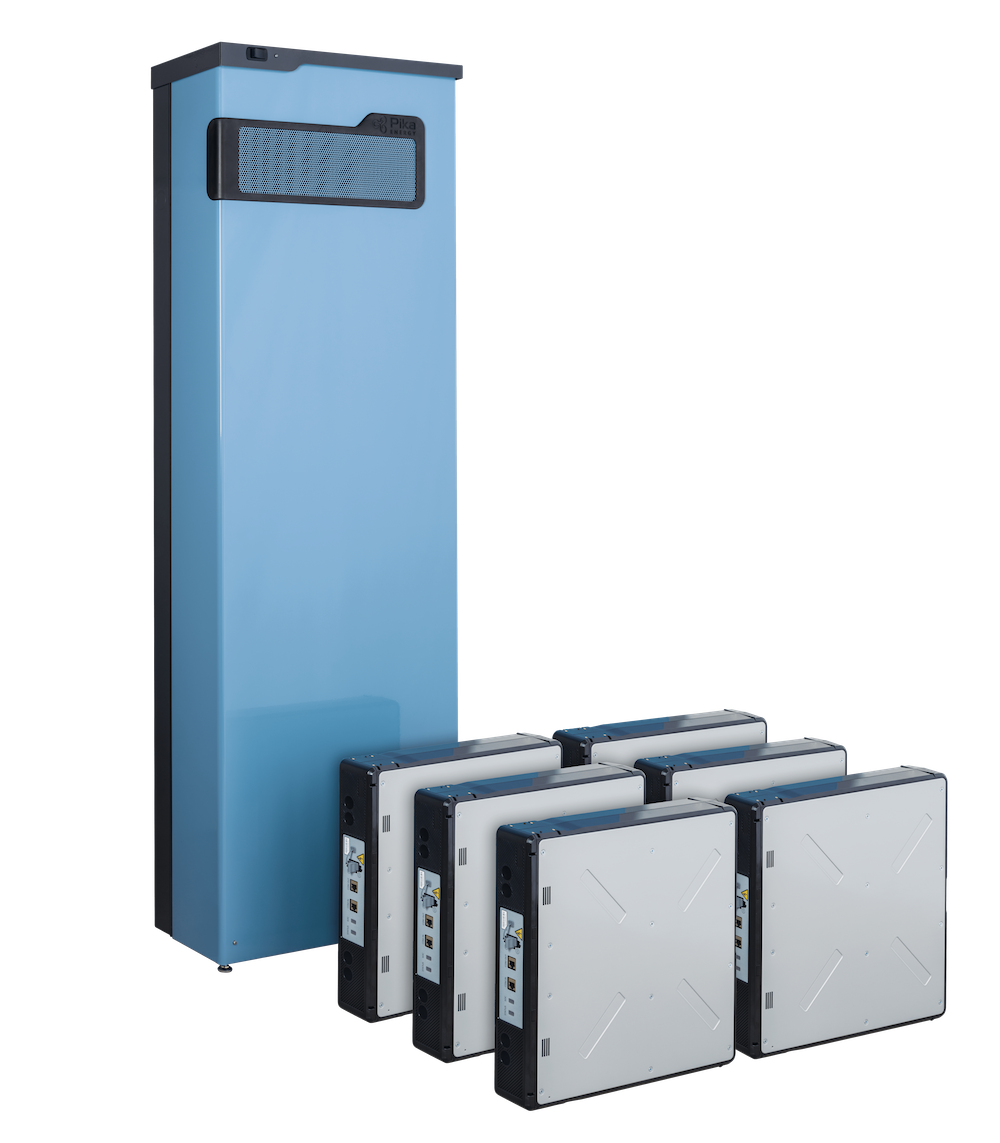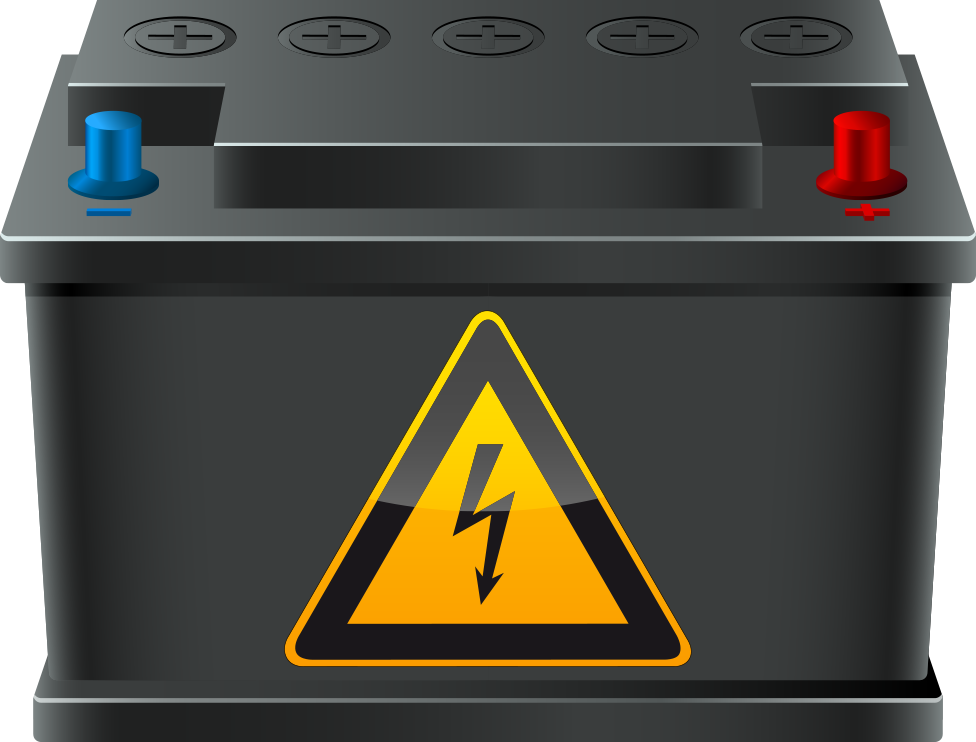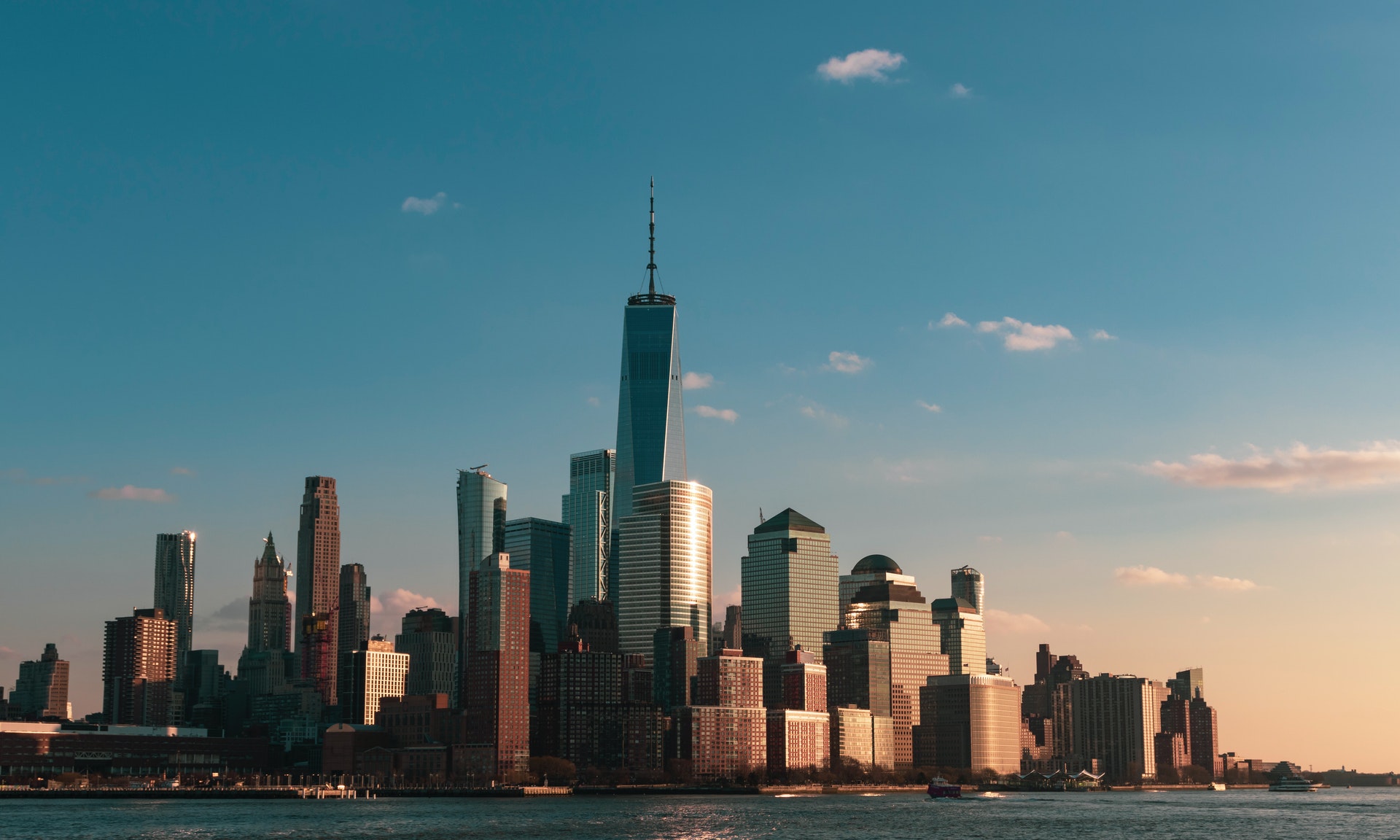YSG Solar advises developers looking to build energy storage projects in NYC to strongly consider the location of the proposed facility. Analyzing the buildings in the area, building usage, and the risks that can impact buildings occupied by children, and those used for non-industrial or manufacturing use, may be challenging.
The energy storage system should also be properly distanced from any buildings as this is another major concern. Thermal run off and having a UL 9540A certification is crucial. There are very few energy storage battery systems that have this certification. After you prepare your site map we recommend reviewing the FDNY code 608-01 that relates to outdoor stationary battery energy storage systems.
NYC does not have any intention of ever allowing indoor energy storage systems, as FDNY remains cautious about the implementation of indoor lithium-ion battery systems. Energy storage systems are allowed to be installed outdoors, on the roofs of buildings. but this comes with many other challenges. As noted above, FDNY does have a code relating to the installation of outdoor energy storage projects in NYC, which has helped to speed up the energy storage siting process to some extent, at least compared to how it had been prior to these FDNY rules.
So where can we install energy storage systems in New York City?
Stay tuned for our next blog that speaks in detail about optimal locations for utility-scale energy storage systems being installed in NYC and other urban cities that have a significant load and capacity need, as well as siting issues. Although sites can be difficult to find in NYC, developers are taking creative approaches to energy storage siting as NY targets 1,500 MW of energy storage by 2025, and 3,000 MW by 2030.
Although there is no specific mention of energy storage under the New York City Zoning Resolution, the New York City Planning Commission has offered some clarification. Energy storage falls under Use Group 6 (utility, small), meaning that energy storage projects are permitted in the following residential districts by special permit:
- R1 - R2
- R3 - R10
Additionally, energy storage projects are permitted as-of-right within the following commercial and manufacturing districts:
- Commercial: C1, C2, C4, C5, C6, C8
- Manufacturing: M1, M2, M3
Alternatively, developers seeking sites outside these districts must obtain a use variance from the Board of Standards and Appeals. If a use variance is granted then this allows developers to use a site in a manner not permitted in the zoning resolution. Unfortunately for NYC developers, a use variance is much more difficult to obtain in New York City than it is throughout the rest of the state as the law is different in New York City.
This is not to say that it’s impossible for developers to deploy energy storage systems in NYC, but it does emphasize the importance of understanding the New York City Zoning Resolution and what is required for battery storage projects.
Outside the city, zoning boards have discretion to grant area variances. These zoning boards use what is called a ‘balancing test’ to determine whether or not they should grant an area variance for a project. From this test, the zoning board will be able to determine whether or not a proposed project is suitable for their jurisdiction. This approach, using zoning board discretion following the implementation of a balancing test, offers a better chance of area variance approval than the New York City approach, which does not use the balancing test.
An area variance, referred to as a ‘bulk variance’ in NYC, is granted by the New York City Board of Standards and Appeals (BSA). Before granting an approval, the BSA applies a five factor test, wherein five findings must be made to determine that a project should be granted a bulk variance. A full list of the five factors can be found in this article from JD Supra, under the heading ‘Area Variances (“Bulk Variances”) in New York City’. This list highlights the difficult nature of obtaining approval in NYC, compared to the more straightforward approach of the balancing test used throughout the rest of the state.
However, despite the inherently more difficult nature of the energy storage permitting and siting process in New York City, it’s not impossible by any means, and developers have been successful in pursuing energy storage projects in NYC. There are a few common factors behind a successful permitting & siting process:
- Be informed & plan carefully: As you’ll note from the information above, a bulk area variance is more difficult to obtain in NYC than throughout the rest of New York State. The best course of action, where possible, is to design a site plan that will not require a bulk area variance, simplifying the entire process.
- Be ahead of the process: If you anticipate that your project will require a bulk area variance, then you should pursue approval early in the process. You may even request an informal consultation with the BSA before submitting an application.
- Be alert: Policy and legislation surrounding energy storage is evolving quickly, and it’s likely that the market will move further toward streamlining these processes given New York’s ambitious clean energy targets. Be sure to keep an eye on this evolution, and get involved if you can.
If you’re interested in an energy storage system for your home or business then get in touch with YSG Solar today. Whether you already have a YSG solar installation or not, we are happy to discuss your battery storage options. Send us an email or call at 212.389.9215 to learn more.
YSG Solar is a project development vehicle responsible for commoditizing energy infrastructure projects. We work with long-term owners and operators to provide clean energy assets with stable, predictable cash flows. YSG's market focus is distributed generation and utility-scale projects located within North America.
Sources:
https://rules.cityofnewyork.us/content/3rcny-608-01-outdoor-stationary-storage-battery-systems
https://www.jdsupra.com/legalnews/zoning-nuances-for-energy-storage-39648/
https://www.nyserda.ny.gov/All-Programs/Programs/Energy-Storage
Photo by Michal Marek from Pexels.

